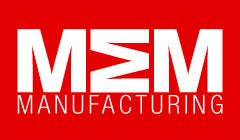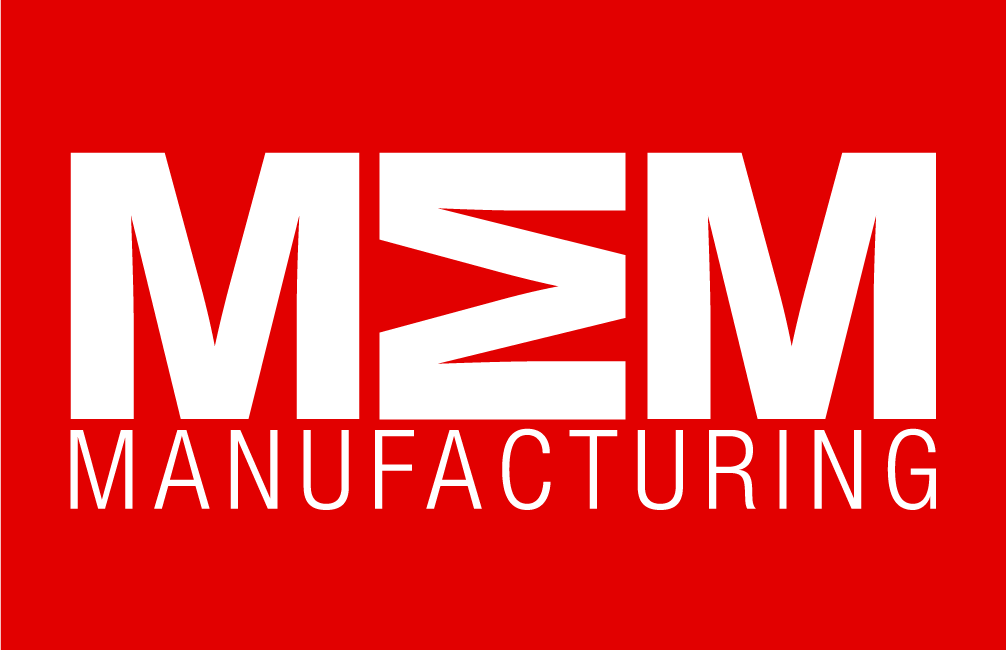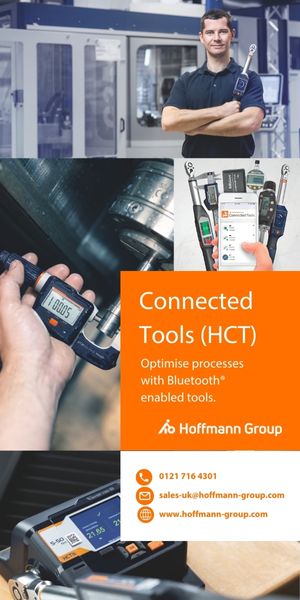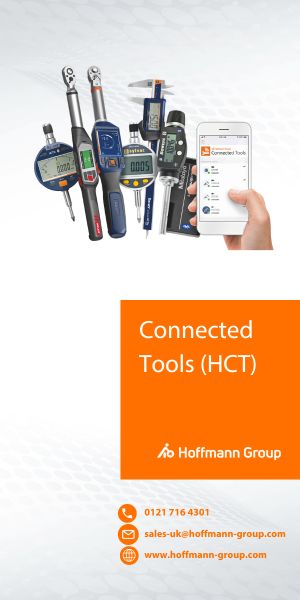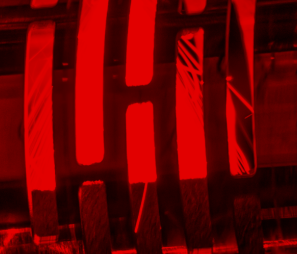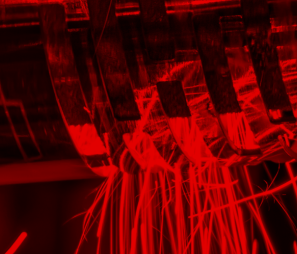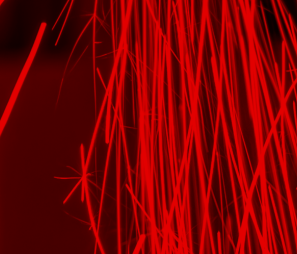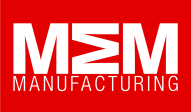Understanding Options on Metal Laser Marking Platforms : [Featured image: ULS ULTRA X5000 is a sophisticated flat-bed Laser System]
Although both flat-bed and galvo-based laser systems are commonly used for marking applications, it is important to understand the differences between these two technologies. As the name suggests, flat-bed systems operate in the X and Y plane with the laser beam being deflected across mirrors into the focusing lens and from there vertically onto the workpiece.
Alternatively In galvo-systems, the laser beam is manipulated using mirrors mounted to two galvanometer scanners, one for the x axis and another for the y axis, which allows the beam to cover the marking field at high speeds and at high levels of precision. In these systems, the marking field size is defined by the deflection angle of the mirrors and the focal length of the optics.
The decision on which of these types of systems to use is often determined by a combination of the marking requirements and the size of the part. In most cases, a flatbed laser will typically have a larger working area than a galvo-based laser. The larger work envelope of course makes it possible to mark larger workpieces or process multiple smaller items in a single set up. There are also options on some flat-bed systems, such as Universal Laser’s ULTRA R500, where the unit can be fitted with options to allow the pass through of material, converting the normally Class 1 system into a Class 4 laser system.
Galvo-Based laser marking systems can often be found in applications where the components are smaller and where the highest levels of precision are required. Further benefits of Galvo-Based Systems include speed of marking and the ability to operate over a larger focal depth.
(Galvo-Based systems such as FOBA’s M2000 series shown here deliver high precision marks at high speed on a wide range of metals)
Mark and material may influence choice of system and laser source
In applications where graphics or other image style marking is required the flat-bed laser system offers greater potential through the larger working area. However, if the marks required are smaller, more text and numerically based, then the Galvo-Based laser system are often the most appropriate choice. It’s not uncommon to find that high precision automotive components, highly regulated medical device components, implants and other items which may require marks to be produced in small or restricted areas, will have the marks produced using a Galvo-Based laser system.
Lasers have the capability to mark virtually all metals including stainless steel, high-grade steel, carbon steels, copper, iron, magnesium, aluminium, brass, titanium and of course precious metals. However, as for most manufacturing processes, there is no “one size fits all” solution for laser marking metals. The type of metal being marked, and whether it is coated or not will influence the choice of laser source Fiber or CO2. Today, Fiber laser technology is by far the most efficient and effective way to mark metals.
Flexible Multi-Wavelength Material Processing Systems
For those with diverse marking requirements, such as sub-contract businesses, having the ability to choose between a CO2 laser or a Fiber laser and multiple wavelengths as required is a significant benefit.
Universal Laser Systems ULTRA X5000 and ULTRA X6000 platforms offer laser material processing for the widest possible range of materials. Their unique modular architecture makes it possible to customise laser marking solutions through the ability to reconfigure the system with different laser sources and wavelengths.

(Universal Laser’s new platforms ULTRA X5000 Left and ULTRA X6000 Right)
The ULTRA R5000 platform can be configured with up to two laser sources consisting of two interchangeable CO2 lasers or one CO2 laser and one fiber laser. Users can configure the ULTRA X6000 platform with up to three laser sources: consisting of two interchangeable CO2 lasers and one fiber laser.
When these highly flexible platforms are configured with two or three users can then take full advantage of MultiWave Hybrid™ technology enabling up to three wavelengths – 9.3 μm, 10.6 μm, and 1.06 μm – to be simultaneously combined into a single coaxial beam. Each spectral component of the beam is independently controlled and can be modulated in real time.
With users able to select from a comprehensive range of Flat-Bed and Galvo-Based system, together with an array of options of laser source type and wavelength, there is a laser marking solution available for the broad range of metals commonly found in the vast majority of manufacturing applications.
The laser marking system described in this article are just a small part of the comprehensive range of laser-based technologies and systems available from Bromsgrove based TLM Laser.
____
For further information, please contact:
Mr Andy Toms – Director – TLM Laser – Tel: +44(0) 01527 959 099 | E-Mail: sales@tlm-laser.com | Web: www.tlm-laser.com
Manufacturing & Engineering Magazine | The Home of Manufacturing Industry News
